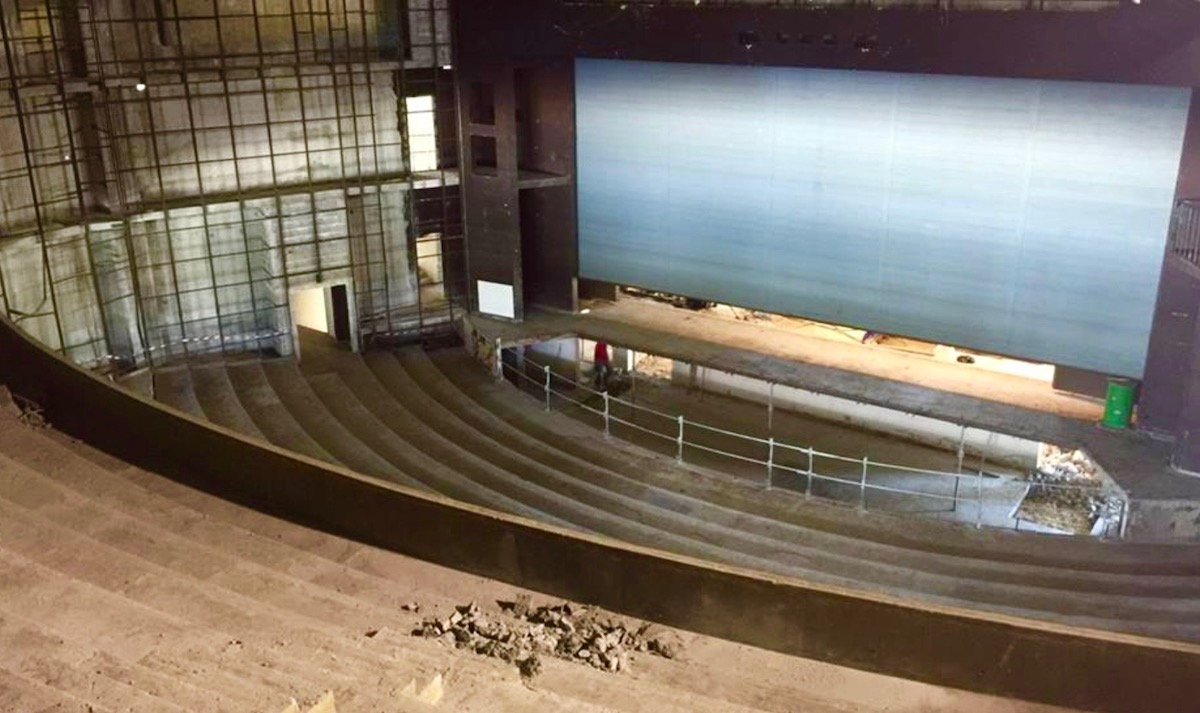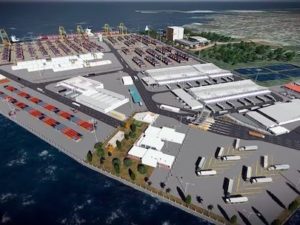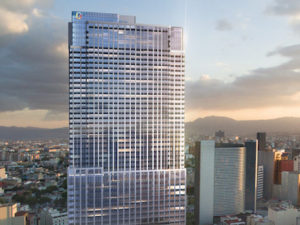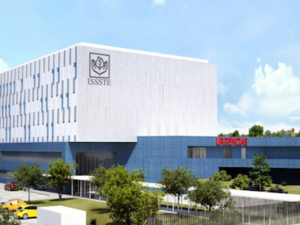Center of Arts and Culture
Detailed engineering
Center of Arts and Culture
Pointe-à-Pitre is the capital of the island of Guadalupe, located in the French Antilles in the Caribbean Ocean, a high-risk seismic area. The seismic standard applied in this location is the European Norm Eurocode 8, which classifies this European territory in zone 5, the highest seismicity area registered in Eurocode 8.
The building of the Centre des Arts et de la Culture (Center of Arts and Culture) was built in the 1970s as a Concert Hall that ended up being a mandatory place to go for all the classical music stars of the moment. Since then, it has also been used as a Theater Hall. At the beginning of the decade of the 2010, works were proposed in order to eliminate the asbestos inside the building. These works were extended, and it was then decided to renovate and enlarge the building. Indeed, the new building will host an integrated School of Dance and Music and even a recording studio. Upon completion, the main hall will have a capacity of 1200 spectators.
Earthquake Engineering and Detailed Design
Dynamis has performed the structural design of all the buildings- the two pre-existing ones and a new one which has recently been constructed. The structural studies carried out for the existing buildings include the seismic verification of the whole set of primary concrete elements of the structure as well as the seismic verifications of the existing deep foundation system (The existing piles had different diameters).
The analysis of the new building includes the design of every concrete element of the structure and every element on the foundation. A simulation modeling the combined soil-structure behaviour was performed using the substructure method. The result of these simulations was a set of dynamic impedances that were integrated in a Finite Element Model from which all the results (the internal forces and seismic iso-displacement) were obtained. These results were post-processed using in-house tools that implemented the seismic verifications. Dynamis optimized the quantities of steel (reinforced bars), calculated the seismic joints between buildings and obtained the acceleration at different locations of the structure.
This studies were performed using simulations that integrated combined behaviour of the soil and the structure using the so called substructure method. A set of dynamic impedances were calculated and integrated in a Finite Element Model from which all the results (the internal forces and seismic iso-displacement) allowed an optimum design of the structure.







